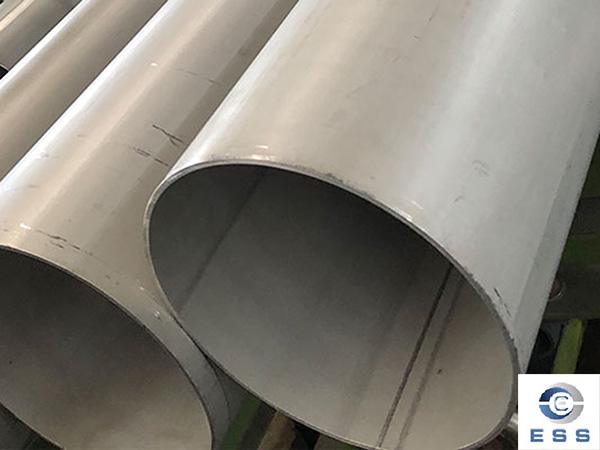X-ray inspection of welded pipe welds
At present, the radiographic inspection technology of steel pipe welds can be roughly divided into: X-ray film imaging and digital imaging.

X-ray inspection equipment requirements
Radiographic inspection of steel pipe welds is where X-rays directly penetrate the weld material and produce suitable images on radiographic inspection films or digital imaging media. The blackness of the radiographic film is not less than 2.0 (the blackness of the weld is not less than 1.5); X-rays use an image quality meter specified by ISO. The image quality meter is selected corresponding to the thickness of the transillumination. The sensitivity of the X-ray film is better than 2%. Industrial TV dynamic sensitivity is better than 4%
X-ray detection technical requirements:
(1) The evaluation room should be clean, quiet, with a suitable temperature, and the light should be dark and soft.
(2) The testing environment must maintain a certain temperature and humidity.
(3) In order to ensure the quality of the film, it is necessary to strictly follow the requirements to ensure the quality of development and fixing work as well as the quality and validity period of the film.
(4) Darkroom safety exposure must be determined regularly.
Applications of X-ray Inspection
X-ray inspection of steel pipe welds is mainly aimed at the volume defects of steel pipes produced during the welding process, such as defects such as lack of fusion, beads, pores, cracks, incomplete welding, and tungsten inclusions.
The main advantages of X-ray detection technology:
①The size and shape of the defect can be directly seen from the film results;
②The test results can be stored for a long time through the film;
③ It is most suitable for detecting volumetric defects, that is, detecting defects with large radiation energy attenuation, or defects with a certain thickness, and comparing the defects through the blackness difference of the radiographic films.
However, the cost of radiographic inspection is high. The radiographic films inspected are disposable and cannot be reused. Area defects are limited by directionality. Since radiographic flaw detection contains radiation, for the safety of workers, safety protection measures must be taken into consideration during work.
Methods to minimize cracks in spiral pipes
Spiral pipes are prone to cracks during heat treatment and cooling. So what should we pay attention to during the production process to avoid cracks?
1. Tempering should be carried out in time after quenching. Many cracks in spiral steel pipes do not occur during the quenching and cooling process, but appear after a period of time after being taken out of the quenching medium, which is the so-called aging crack. This is caused by the large quenching stress. Tempering treatment immediately after quenching can effectively prevent the occurrence of age cracks.
2. For crack-sensitive steel, quenching waste heat should be used for self-tempering, which can effectively prevent the occurrence of quenching cracks in B spiral steel pipes.
3. Use a lower quenching temperature and a shorter holding time. For high-alloy steel, considering that there are many alloying elements, the Q345B spiral steel pipe has poor thermal conductivity, so sufficient preheating (one or more times) should be performed.
4. For parts that are easy to be quenched (such as threaded holes, corners, grooves, etc.), they should be plugged with asbestos ropes or wrapped with iron sheets. Appropriate pre-cooling should be carried out during quenching to prevent weak links from cooling too quickly. Causes cracking of the spiral tube.
5. Choose a slowly cooling medium, use an oil-cooled spiral tube, and avoid cooling in water; master the time when the cooling medium is released, usually when it is cooled to the vicinity of the Q345B spiral steel pipe and immediately provide air cooling; in order to prevent cooling cracks during single-liquid quenching High-concentration or nitrate salt solution can be used as the cooling medium to avoid the risk of quenching cracks in workpieces with complex shapes.













 Eastern Steel Manufacturing Co.,Ltd not only improve product production and sales services, but also provide additional value-added services. As long as you need, we can complete your specific needs together.
Eastern Steel Manufacturing Co.,Ltd not only improve product production and sales services, but also provide additional value-added services. As long as you need, we can complete your specific needs together.










